I’ll never forget my first taste of horseradish. It was the biggest mistake of my childhood.

My parents dragged me to a dinner party one night when I was a kid. Even though Mom said to wait for her to make a plate of food, I was hungry.
And really bored.
I snuck over to the buffet table, and discovered a bowl of some white, creamy concoction next to the roast beef.
Assuming it was a sweet, yummy vanilla yogurt (never mind why it was next to a hunk of meat), I dug a huge spoon into it and quickly swallowed it in one big gulp.
My face went completely red. My mouth started burning. Tears streamed down my face…
That was no vanilla yogurt.
Little did I know, I just ate a whole spoonful of spicy horseradish cream! I spat it out, and ran coughing and crying to my shocked parents.
I should have waited for Mom!

Would you have made the same mistake?
I bet you know better than I did back then that horseradish is an ingredient popular for its characteristic hot and tangy flavor profile, and is used widely as a condiment for various dishes – including that creamy sauce served alongside roast beef!
If you want to learn even more about this fiery root, keep on reading!
Get the best info on how to prepare and store it, and how your dishes can benefit from a new spin with the addition of its spicy flavor.
And maybe you can tell your own children to avoid eating the bowl of white cream next to the roast beef…
The Basics
Horseradish originally comes from the eastern and southern parts of Europe. Today, it is mainly cultivated in Germany, Austria, and France, but the United States has become a large global producer as well.
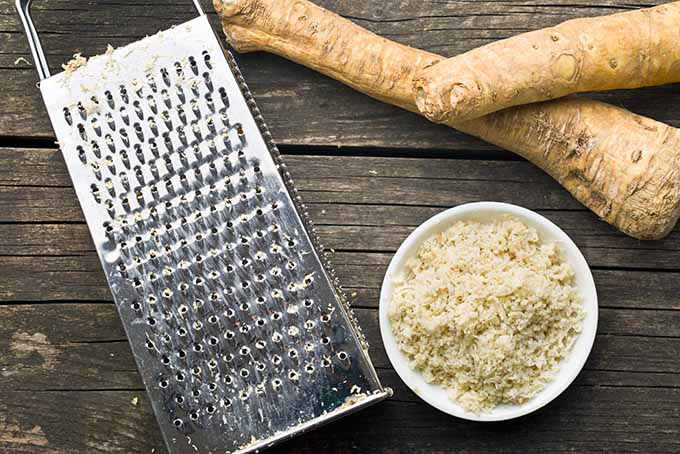
The plant belongs to the Brassicaceae family, which also contains the wasabi plant, mustard plants, and cruciferous vegetables like cabbage, cauliflower, and kale.
The plant grows up to three feet in height, but we only consume its roots, which reach deep into the ground.
The pungency from this ingredient develops as soon as the root cells are ruptured, like when you cut or grate the root, and release enzymes that activate volatile irritants.
Hence the common reaction of coughing and tears when you prepare and eat it – it’s feisty!
Because it shares a similar flavor profile and spiciness, it is often used as a replacement for wasabi in pastes and other condiments and food products, since the wasabi plant is not as easily available.
Horsing Around
I’m sure you’ve asked yourself this question before:
What’s with the strange name?

The German word for this popular root is Meerrettich, which may be translated to “sea radish” in English.
Since the vegetable originates in European regions, it is assumed that English-speaking people might have mispronounced the word Meer, confusing it for the word “mare” in English.
Luckily, there was less confusion where the word “radish” was concerned, a term that is derived from the Latin word for “root.”
The combination of both of these words in English, describing a female horse and a root, later evolved into the name we use today.
Potential Health Benefits
The potential health and nutritional benefits of this spicy ingredient are just as powerful as its pungent aroma!
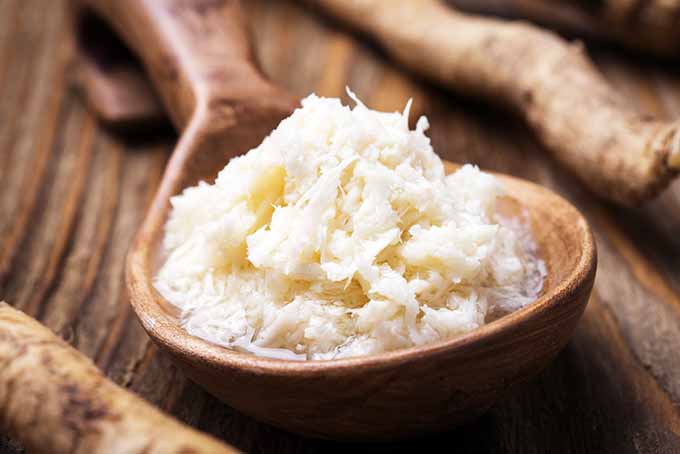
Like other cruciferous plants, it contains concentrated substances known as glucosinolates, which are sulfur-containing chemicals that are frequently examined for their anticancer properties.
It also contains a significant amount of vitamins and phytonutrients to support your health. It is high in potassium, as well as vitamin C –a 1/4 cup serving contains 20% of your required daily intake. It also offers smaller amounts of B-complex vitamins.
Prepping Your Root
While the prepared version is often sold as a ready-made sauce, it’s worth it to be on the lookout for fresh roots, too – these will provide a better flavor experience.
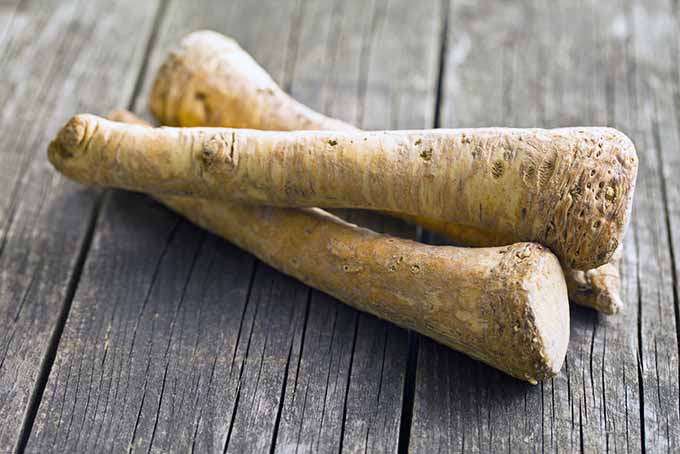
Whenever you can find it fresh at the grocery store or farmers market, make sure to grab one, and follow our tips to make sure you get the most out of it.
Buy whole roots only, as you would if you were looking for fresh ginger or fresh turmeric. Pieces that have already been cut will dry out quickly.
It can also be grown in the garden. You’ll find tips on our sister site, Gardener’s Path.
When you are ready to prep it, use a similar technique as you would when preparing fresh ginger for uses in cooking.

Using a vegetable peeler, peel off the top layer of papery skin only around the portion you will be using.
Grate it immediately, either coarse or fine, depending on what your recipe requires.
For larger, coarser pieces, I recommend using a cheese grater or box grater on the sides with the larger holes. For smaller pieces, you could use the same graters using sides with the smaller holes, or a microplane to get even finer, more uniform pieces.
A food processor is the ideal tool if you will need to prepare a lot of it all at once.

The grated product will brown quickly. To keep its bright white color, add a few drops of lemon juice immediately after grating, like you would add to fruit like sliced apples to prevent them from oxidizing.
Vinegar can be added as well, like you would use if you were making your own prepared condiment. Our friends over at The Fitchen share an excellent recipe for this.
Proper Storage
Wrap the remaining root tightly in plastic wrap, and store it in the vegetable drawer of your fridge. This way, it will keep fresh for up to four weeks.
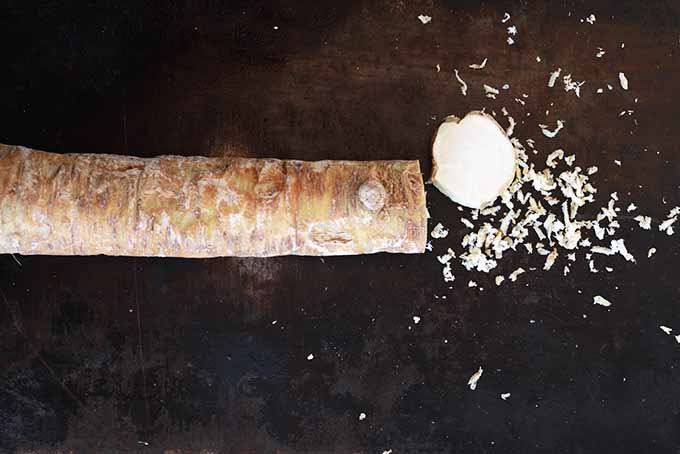
Wrapped tightly in plastic wrap with all of the air removed, the fresh root can certainly be frozen as well.
And lucky you – there’s an added bonus when you grate this root while it’s still frozen:
Because of the cold temperature, the chemical reaction that releases its spicy fragrance while it is being grated is decreased significantly. As long as it is frozen, you can grate all you want without your eyes and nose suffering from that powerful zing!
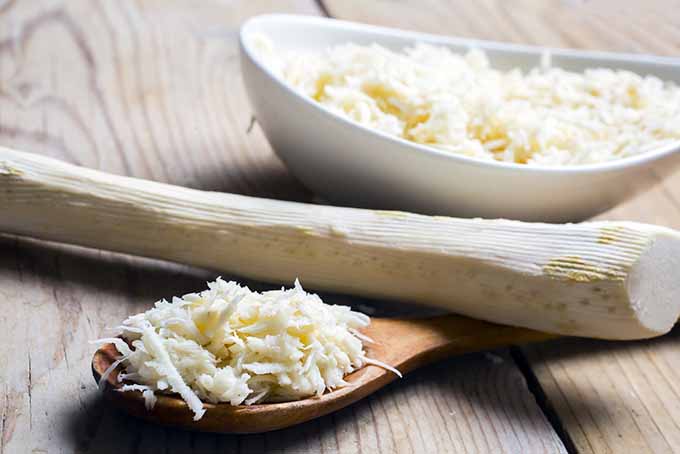
As it comes back to room temperature, the spiciness regains its full effect.
When you’re planning to use it again, the surface of the portion you have peeled and cut will probably have become a bit dry.
Simply remove a thin layer of this part with a vegetable peeler or a sharp knife to reach the unexposed flesh.
Cooking Tips
Whether fresh or processed, it can be combined in lots of different ways, and will provide a spicy twist to your daily cooking routine.
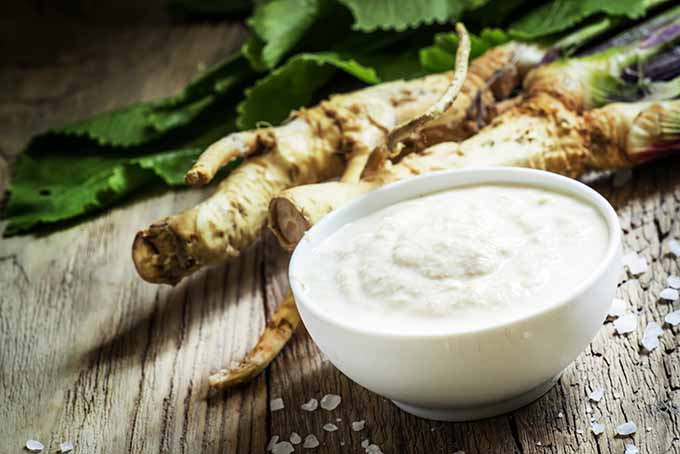
A combination of boiled beef and salted potatoes is a German classic.
But why not spice it up a little?
You can use the pure grated root to add a bit of flavor to this simple dish, or mix it with some sour cream or creme fraiche for a milder flavor.
This type of creamy mixture is also fantastic with fresh or smoked fish, like salmon or trout.
In fact, the mild combination of this spicy root with dairy products like yogurt, creme fraiche, or sour cream lends a tangy touch to creamy dips, dressing, or potato salad.
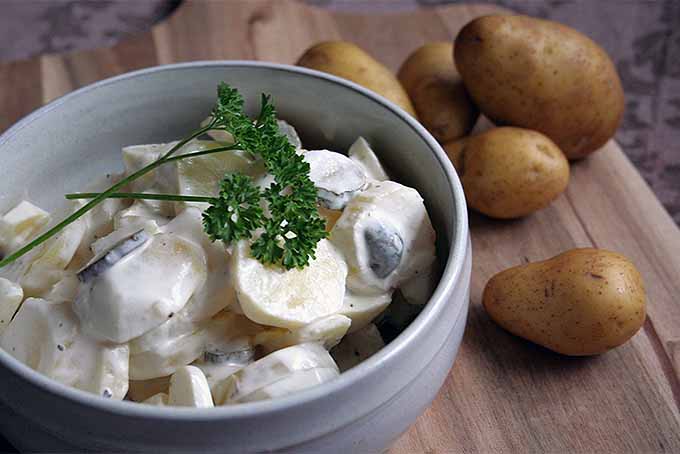
Another classic way to use it is to spice up your roast beef sandwich. Spread some prepared horseradish on a freshly baked bun, and enjoy! You can also add a few shavings as a garnish for a hearty beef stew.
And don’t forget, there is also a type of fruit that goes surprisingly well with this root. Apples, with their juicy and fruity flavor, provide a really nice balance.

You could prepare a creamy dip and stir some diced apple into it. This makes a wonderful accompaniment to cold meat, or roast beef.
A fresh green salad topped with apple slices and some grated horseradish also makes delicious use of the herb, and you will see how the flavors work together perfectly.
When to Add Horseradish During Cooking
When you’re working with horseradish, make sure to add it to your recipe at the end of the cooking process to benefit from the full flavor range offered by this special ingredient. Otherwise, the heat will cause it to lose its characteristic bite.
Happy hour can have its fun with this root, too!
Add some to your favorite Bloody Mary, or try our recipe for a spicy, pepper-infused Bloody Mary.
With its fiery flavor and funny name, horseradish is an ingredient that’s hard to forget.
I should know… the memory of my first experience eating it is cemented in my mind forever!

Luckily, I now love eating all the different kinds of horseradish products, and adore it especially as a creamy condiment spread on a roast beef sandwich.
Its spiciness is the perfect balance for a wide range of foods – give it a try the next time you are looking to spice up your own cooking routine with a unique punch of flavor.
Uh oh. Put too much of it in your dish? We have our own solutions for toning down the heat!
What is your experience with this fiery root with the funny name? How do you like to prepare it, and use it in your own kitchen? And did you ever get the chance to buy it fresh?
Let us know in the comment section below!
And don’t forget to read all our our herb and spice related tips, techniques, and suggestions!
Don’t forget to Pin It!
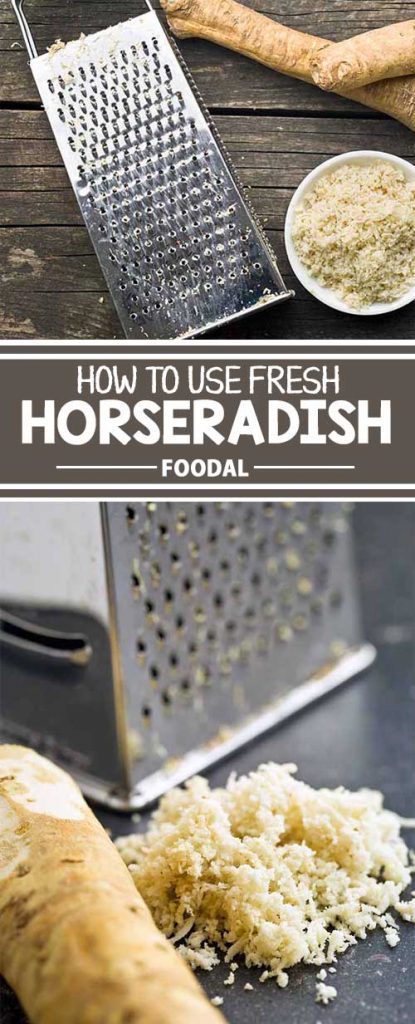
Photo credit: Shutterstock. Significantly revised and expanded from an original version written by Nina-Kristin Isensee.
The staff at Foodal are not medical professionals and this article should not be construed as medical advice. Foodal and Ask the Experts, LLC assume no liability for the use or misuse of the material presented above. Always consult with a medical professional before changing your diet, or using supplements or manufactured or natural medications.
About Nikki Cervone
Nikki Cervone is an ACS Certified Cheese Professional and cheesemonger living in Pittsburgh. Nikki holds an AAS in baking/pastry from Westmoreland County Community College, a BA in Communications from Duquesne University, and an MLA in Gastronomy from Boston University. When she's not nibbling on her favorite cheeses or testing a batch of cupcakes, Nikki enjoys a healthy dose of yoga, wine, hiking, singing in the shower, and chocolate. Lots of chocolate.


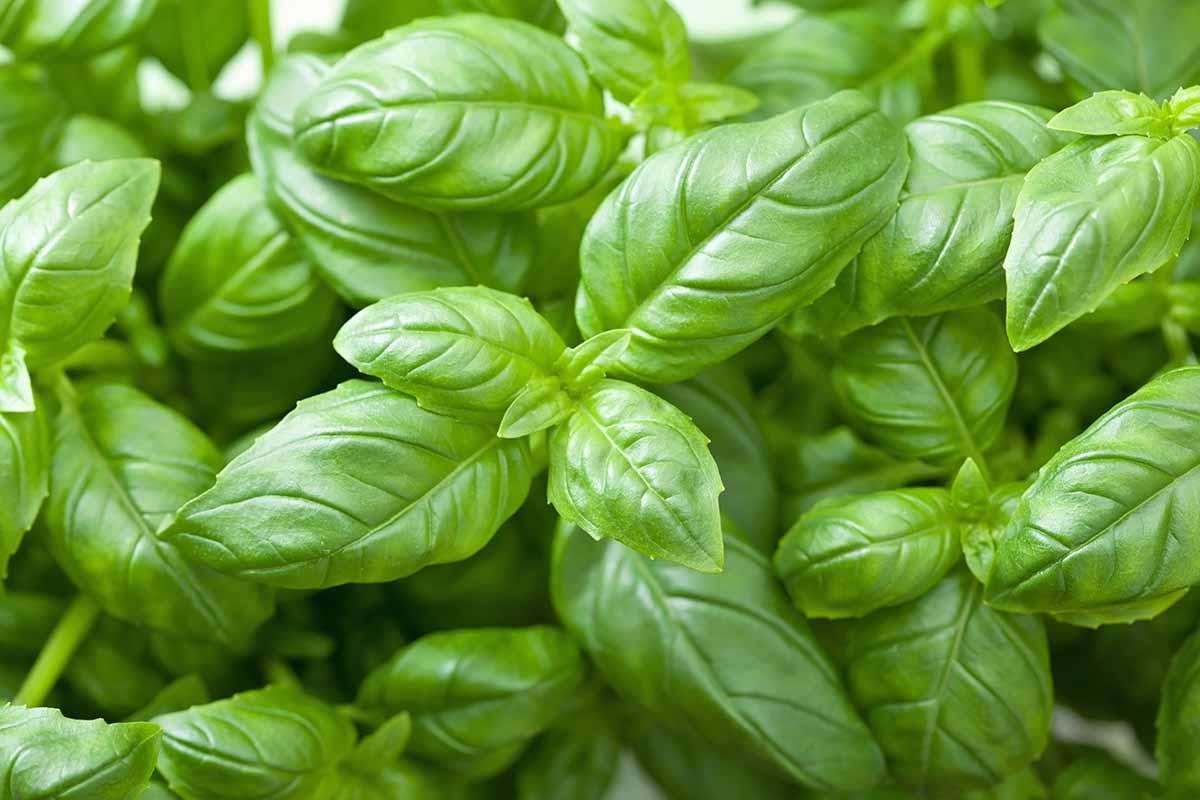

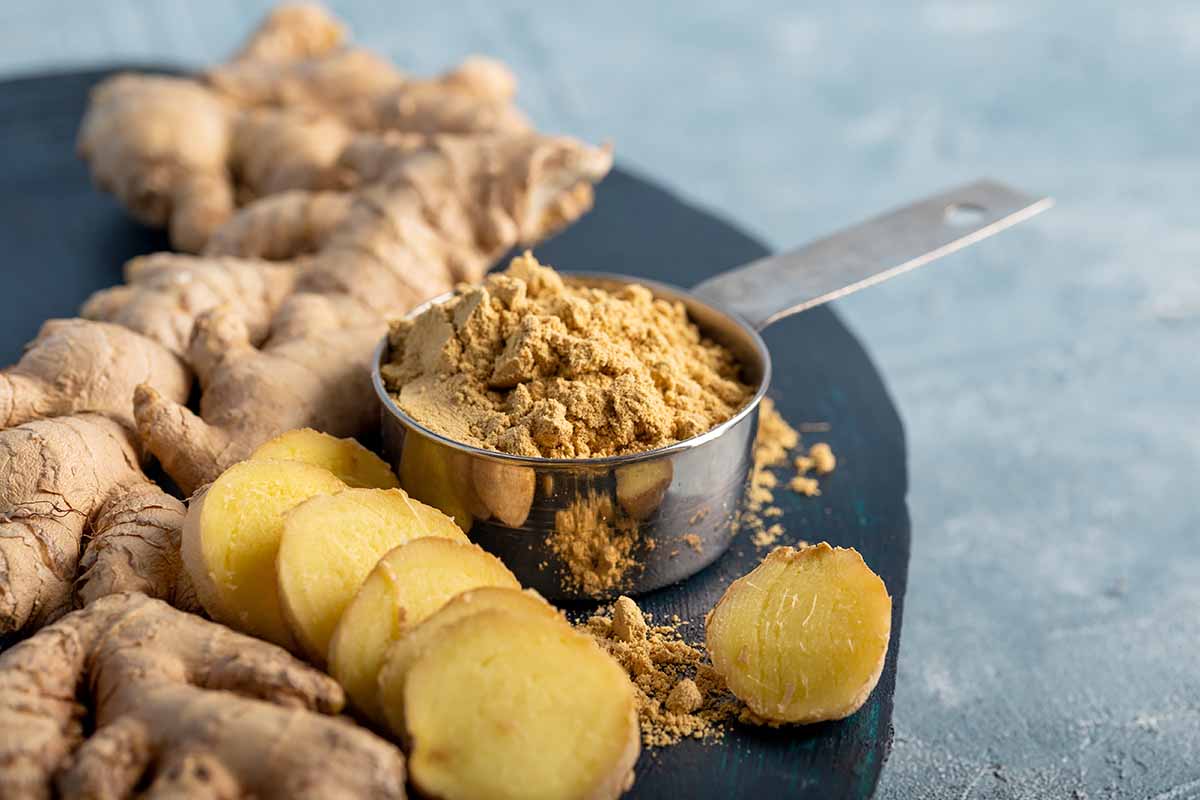
Hi, I’m from Cape Town, South Africa and don’t find any horseradish. I’ve been to 10 stores but no luck. Pls can you tell me where to find this root?
Thanks
Colman’s sells a horseradish sauce that you might be able to find at South African grocery stores. Or maybe you want to try growing your own? You can find instructions and tips on our sister site, Gardener’s Path.
When I was a kid, my dad used to make horseradish on our front porch. You wouldn’t dare going out there while he was making it. He would be out there with a hanky over his nose and mouth, tears in his eyes, and sweating, and a very runny nose, while laughing the whole time. His horseradish was extremely good. Everyone around would ask for it.
Love this story, Jack- thanks so much for sharing!